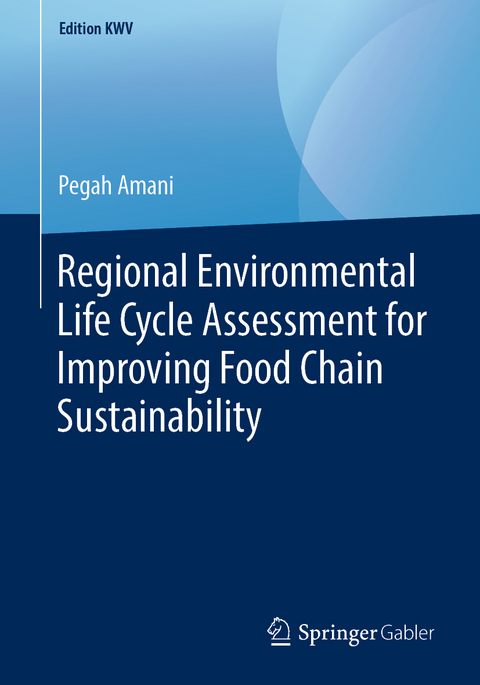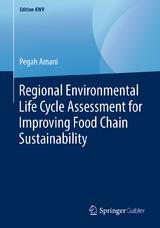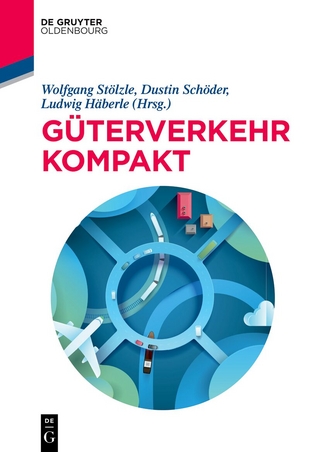Regional Environmental Life Cycle Assessment for Improving Food Chain Sustainability
Seiten
2019
|
1st ed. 2012, reprint 2019
Springer Fachmedien Wiesbaden GmbH (Verlag)
978-3-658-24008-0 (ISBN)
Springer Fachmedien Wiesbaden GmbH (Verlag)
978-3-658-24008-0 (ISBN)
Current LCA methodologies employed to assess the intensity of environmental impacts lack a regional view, even though the sensitivity of the receiving environment is important in determining the specific levels of risks.
This book seeks to redress the balance and develop a globally applicable, affordable and feasible approach to determine differentiated sets of possible impacts with higher environmental burdens derived from food supply chain processes. To this end, the earth's land surface is divided into so-called "ecoregions", defined by their specific characteristics such as soil, climate, and topography/physiography, and associated with the relevant risks for each ecoregion.
The use of ecoregions and respective environmental risks can help enterprises recognize the environmental effect of their products but also help improve the reliability of comparisons between LCA results in different regions.
This book seeks to redress the balance and develop a globally applicable, affordable and feasible approach to determine differentiated sets of possible impacts with higher environmental burdens derived from food supply chain processes. To this end, the earth's land surface is divided into so-called "ecoregions", defined by their specific characteristics such as soil, climate, and topography/physiography, and associated with the relevant risks for each ecoregion.
The use of ecoregions and respective environmental risks can help enterprises recognize the environmental effect of their products but also help improve the reliability of comparisons between LCA results in different regions.
Pegah Amani published her work with Kölner Wissenschaftsverlag until 2018.
1 Introduction.- 2 Environmental impact assessment in a food network.- 3 Ecosystem and food network.- 4 Geographical division of global lands into "ecoregions".- 5 Analysis of environmental risks associated with ecoregions.- 6 Selection of relevant impact categories and LCIA methodologies for the environmental assessment of food products.- 7 Discussion and recommendations.- Bibliography.- Appendices.- A Data collection.- B Detailed analysis of the environmental risks associated with ecoregions.
| Erscheinungsdatum | 14.02.2019 |
|---|---|
| Reihe/Serie | Edition KWV |
| Zusatzinfo | XXVI, 243 p. 1 illus. |
| Verlagsort | Wiesbaden |
| Sprache | englisch |
| Maße | 168 x 240 mm |
| Gewicht | 461 g |
| Themenwelt | Wirtschaft ► Betriebswirtschaft / Management ► Logistik / Produktion |
| Schlagworte | ecoregion • ecosystem • Environment • Food Sector • sustainability |
| ISBN-10 | 3-658-24008-3 / 3658240083 |
| ISBN-13 | 978-3-658-24008-0 / 9783658240080 |
| Zustand | Neuware |
| Haben Sie eine Frage zum Produkt? |
Mehr entdecken
aus dem Bereich
aus dem Bereich
Grundlagen - Spezialthemen - Übungen
Buch | Softcover (2022)
Springer Gabler (Verlag)
39,99 €




